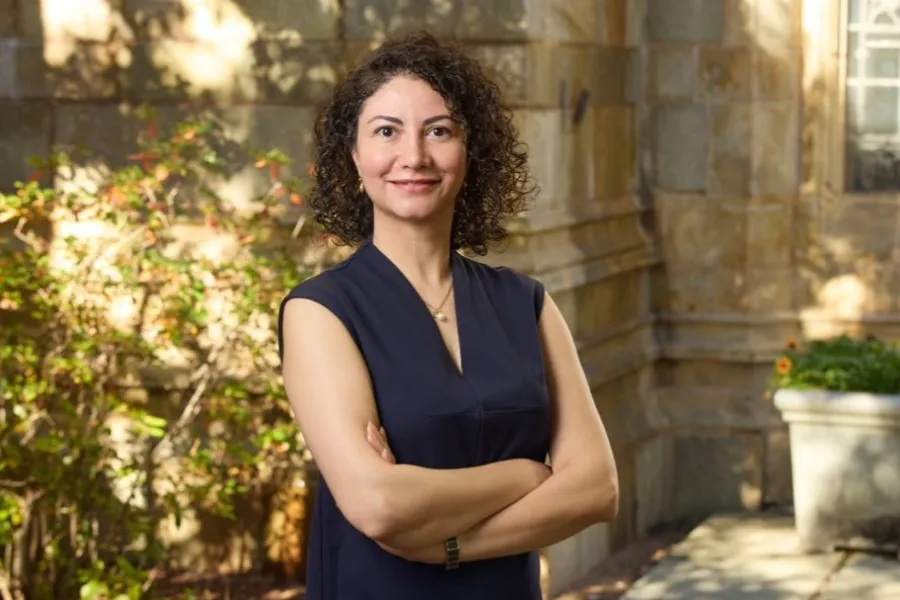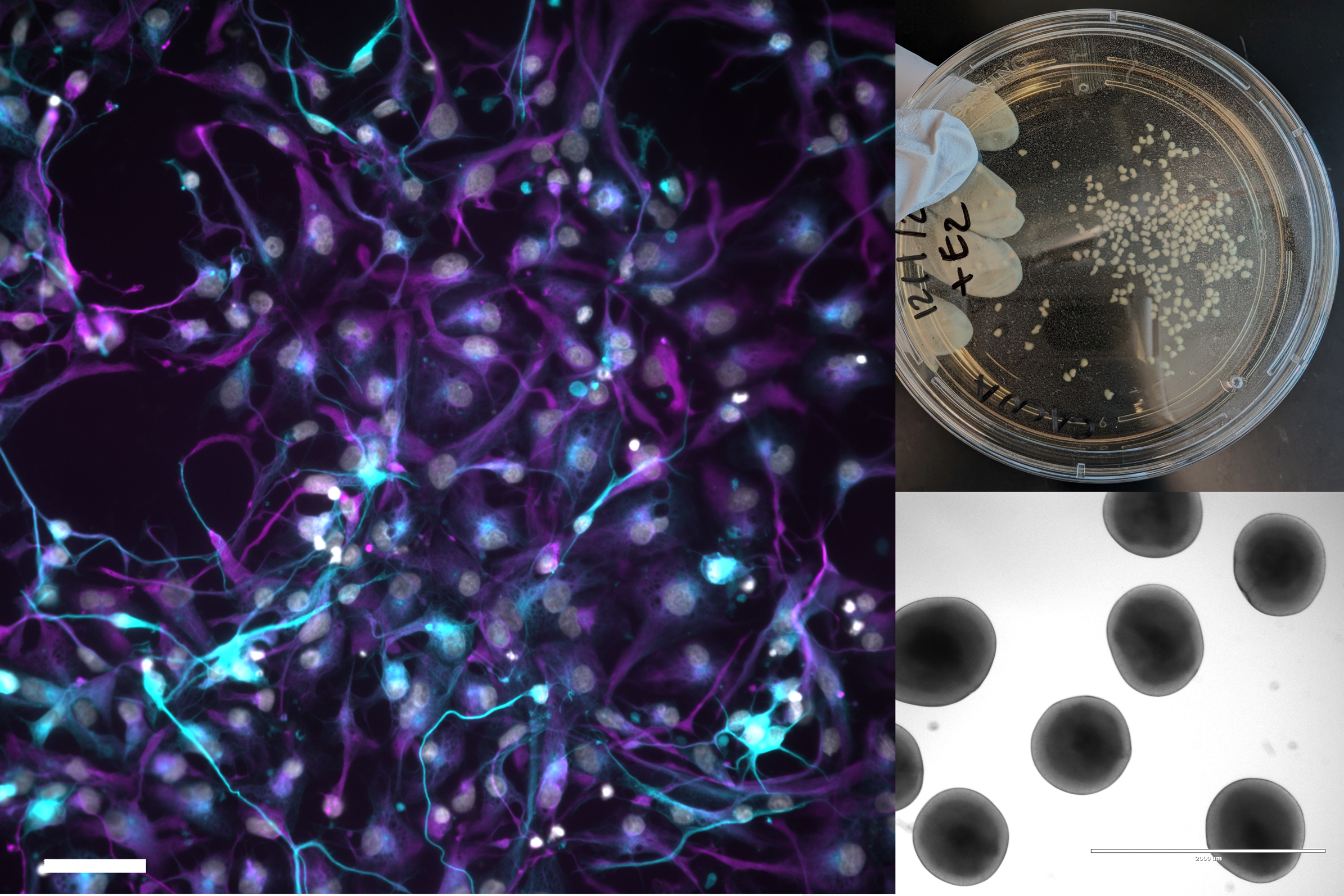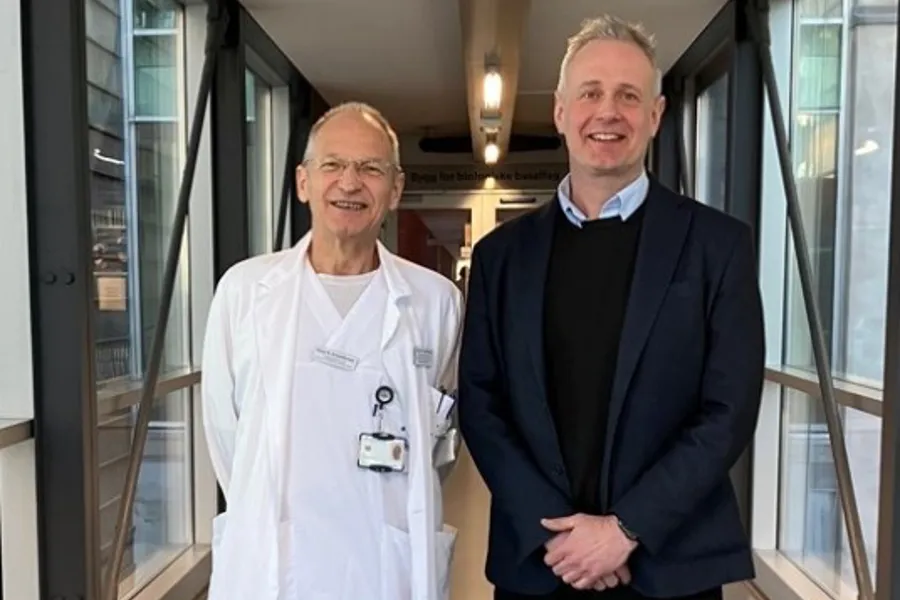Dr. Sadaf Ghorbani returns to Bergen after groundbreaking research at Yale
Back in Bergen with new expertise
After a highly productive research stay at Yale University, Dr. Sadaf Ghorbani returns to Bergen with new expertise in stem cell and psychiatric research. Her work on schizophrenia-associated mutations and advanced stem cell models is now being integrated into local research efforts at the Mohn Research Centre for Regenerative Medicine (MRCRM) and the Bergen Center for Medical Stem Cell Research (BSMS).

Dr. Sadaf Ghorbani has returned to Bergen after an impactful research stay in Kristen Brennand’s lab at Yale University School of Medicine.
At Yale, she used advanced techniques like human induced pluripotent stem cells (hiPSC)-derived 3D model of human brain (including cortical organoids and assembloids), single-cell RNA expression, multielectrode array, BioID, and imagining investigating how genetic mutations associated with schizophrenia affect neuronal function and morphology.
Key investigator in Bergen’s stem cell initiative on psychosis research
As one of the key investigators in the Trond Mohn Research Foundation-funded project “Personalized medicine in psychosis treatment” led by Professor Erik Johnsen at Haukeland University Hospital, Sadaf has focused on the cellular mechanisms behind treatment-resistant schizophrenia (TRS) and first-episode responders (FRS).
Sadaf explored how common genetic variants in DNA regulatory regions linked to schizophrenia can reshape the 3D structure of chromatin and, in turn, influence gene activity. By applying an innovative CRISPR-based technique, she revealed that chromatin organization is highly cell-type-specific, highlighting how genetic mutations can have distinct effects in different neuronal contexts. Her work has deepened our understanding of the epigenetic landscape of schizophrenia and opened new perspectives on how complex genetic and cellular factors converge to shape the disorder.

Photo: Sadaf Ghorbani and Novin Balafkan
In collaboration with Dr. Novin Balafkan, Sadaf developed innovative protocols to investigate more than 50 rare genes linked to schizophrenia. Their work focuses on understanding how these genetic variants disrupt cellular processes and how they may converge on shared neuronal pathways that influence treatment response. Using advanced stem cell–derived 3D models of the human brain, known as brain organoids, Sadaf recreated the intricate cellular diversity and neural connections found in the human cortex.
Sadaf is passionate about how this pioneering approach brings the field closer to using patient-specific models for antipsychotic drug testing and marks an important step toward truly personalized therapies for schizophrenia:
Stem cell research is revolutionizing how we understand and treat brain disorders. In just a short time, it has opened doors we couldn’t have imagined—bringing us closer to truly personalized care for patients. I strongly believe that institutions investing in this field are investing in the future of science and healthcare itself. I’m genuinely thrilled to be part of this exciting wave through the collaboration between the Trond Mohn Research Foundation, Helse Bergen, and the University of Bergen, which is paving the way for a new era in translational and precision neuroscience
Published in Nature
During her time at Yale, a major highlight was her contribution to a Nature publication as part of an international research team studying NRXN1 mutations, which are linked to several neuropsychiatric disorders including schizophrenia. The study demonstrated how these mutations can either reduce or enhance synaptic activity depending on the cell type, and these findings may pave the way for more targeted treatments.
Here is the link to the study >>
Transferring knowledge and protocols to Bergen
Now back in Bergen, Sadaf is based at the Bergen Center for Medical Stem Cell Research (BSMS), where she is implementing advanced stem cell protocols developed at Yale. She will also contribute to the growing stem cell initiative in Bergen, working alongside MRCRM and BSMS researchers and collaborators. Her return is warmly welcomed by Professor Einar K. Kristoffersen, head of MRCRM:
Sadaf’s work at Yale has positioned her at the forefront of translational neuroscience and advanced stem cell modeling, and we are proud to integrate her expertise and advanced protocols into MRCRM and BSMS. This is exactly the kind of international collaboration and competence-building that strengthens our mission to develop advanced therapeutic approaches that benefit patients. We are grateful to have her back in Bergen.
From Bergen to Yale and back
Sadaf holds an MSc and PhD in Biomedicine from the University of Bergen, where she studied dopamine biosynthesis and the role of chaperone proteins in neuronal signalling. Since 2019, she has held a postdoctoral position at Haukeland University Hospital, and in 2021, she joined the Brennand lab at Yale as an exchange researcher.
Outside the lab, Sadaf is known for her vibrant energy and diverse interests. While her hobbies change often, she remains dedicated to tango dancing. Sadaf has also served as the Coordinator for the Professional Development Committee at the Yale Postdoc Association, where she has organized more than 20 workshops and seminars.
